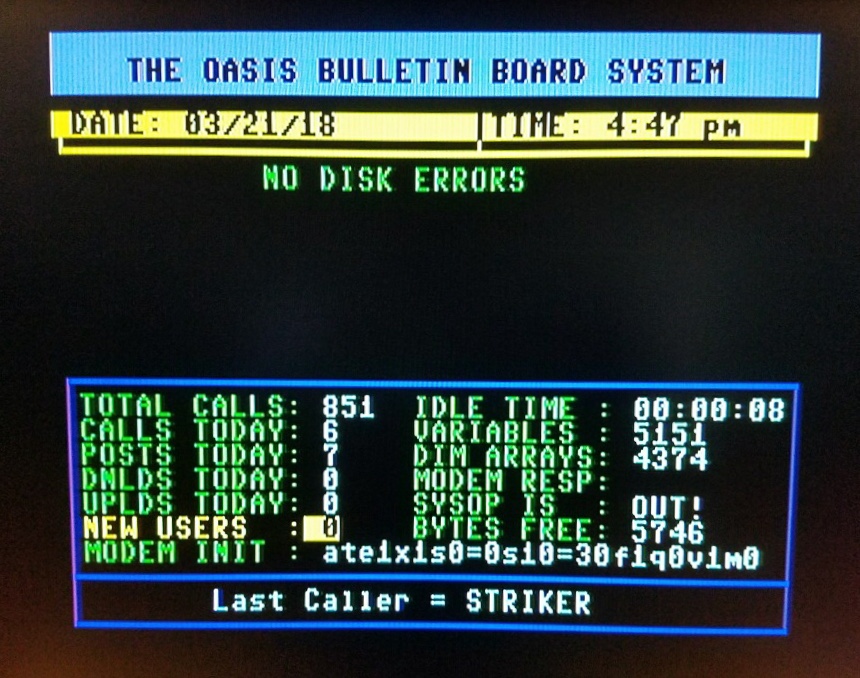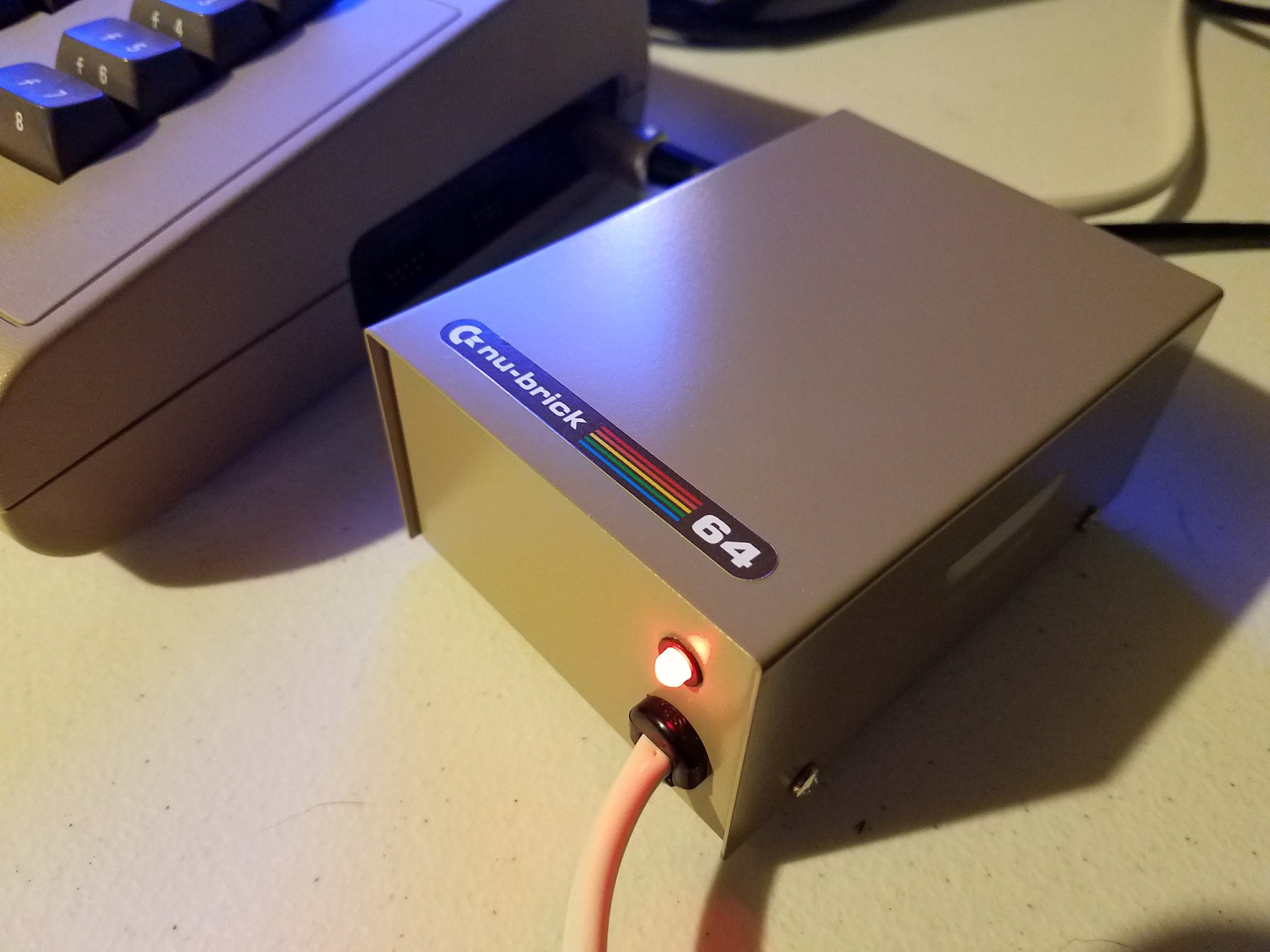The latest video from Modern Vintage Gamer explores the extraordinary craft behind demo coding effects. It’s more than visual flair—it’s a technical showdown where coders, artists, and musicians bend aging hardware to their will. From Commodore classics to obscure consoles, these demos are real-time digital performances that often defy explanation—until now.
Modern Vintage Gamer guides viewers through the origins, artistry, and technical tricks behind demo scenes, explaining how groups transformed protection-bypassing intros into standalone spectacles. These weren’t just technical stunts—they were calling cards of skill, style, and hardware expertise.
Origins: From Cracktro to Creativity
The story begins in the early 1980s when software piracy led to the rise of “cracktros”—brief intros added by cracking groups before a game loaded. These evolved rapidly. Soon, groups like EagleSoft and Berlin Cracking Service weren’t just removing copy protection—they were building short bursts of animated glory with scrolling text, music, and effects.
Eventually, these intros became demos in their own right—free from the need to precede a game. They pushed creativity and coding to the forefront. With home computers like the Commodore 64 and later the Amiga 500, hardware capabilities expanded, and so did the ambition of the demo scene.
Hardware, Hacking, and Ingenuity
Demo coding effects grew with the scene’s obsession for one-upmanship. Smooth scrollers, bouncing “blitter objects,” twister bars, and shade bobs weren’t just impressive—they were technical puzzles. The Commodore Amiga’s Copper co-processor allowed for real-time color manipulation using only three instructions: move, wait, and skip. Demo coders used this to generate copper bars, vertical gradients, and more—all without bogging down the CPU.
In the video, Modern Vintage Gamer codes a set of copper bars in C—an unusual choice in a world ruled by hand-tuned assembly. Still, it proves how even higher-level languages can tap into Amiga magic. He details the math behind positioning, color gradients, bar motion, and the clever use of raster timing to avoid graphical glitches. It’s approachable, informative, and oddly satisfying to see it all run flawlessly on original hardware.
Signature Effects That Still Impress
Demo coding effects don’t stop at copper bars. Plasma waves, sine-based motion, 3D tunnels, and lens vectors each had their time in the spotlight. Raster manipulation and color cycling created illusions of depth and motion. “Glenn’s vectors,” for instance, simulated transparent geometry with additive blending—real-time graphics on 7MHz processors. It’s wizardry with lookup tables, not GPUs.
Demos also featured synchronized soundtracks using tracker software. Musicians composed tight loops using small audio samples, matching beats to visual cues with surgical precision. The 30-minute demo “Jesus on E’s” is an audio-visual marathon that never breaks sync—a technical feat as much as an artistic one.
The PC’s Rise: Second Reality
By 1993, Future Crew’s “Second Reality” took PC demos to the next level. Running on a 386, it showcased effects once thought exclusive to the Amiga: real-time 3D, raster effects, tunnel views, rotozoom, and seamless music synchronization. It proved that IBM compatibles could match—if not exceed—the artistry of earlier machines. It was so iconic that even the Commodore 64 eventually got a version.
Mega Demos, Micro Intros
Demo scenes never stood still. As hardware improved, coders imposed self-limits. Could they fit everything into just 64K? 8K? How about 4K? One of the video’s highlights is “Nexus 8,” a remix of the Amiga’s “Nexus 7,” packed into just under 8KB. The file is smaller than a high-res screenshot yet produces a full experience of visuals and sound.
8088 MPH: Doing the Impossible on CGA
Arguably one of the most jaw-dropping examples of demo coding effects is the 8088 MPH demo by Hornet. Built for a 1981 IBM PC with CGA graphics, it accomplishes the absurd: over 1,000 colors on screen, smooth animation, vertical bars, and even 3D sequences. All on hardware that shouldn’t be able to handle any of it. The technical write-up is available here, and it’s worth a deep read if your curiosity isn’t already blown sky-high.
From Retro to Modern: Still Breaking Rules
Demo scene culture thrives today. Groups continue to release demos for original hardware like the Amiga 500, as well as modern PCs. “Batman Rises” is one such Amiga demo that blends storytelling, vector animation, and razor-sharp programming—all on a stock 1985 machine.
Modern Vintage Gamer walks through modern tools like VSCode-Amiga-Debug, making it easier than ever to create new effects on classic machines.
Console Demos: Creativity Under Constraint
Home computers are wide open—consoles, not so much. Yet the demo scene found its way into locked-down platforms like the NES, Mega Drive, Game Boy, and PlayStation. Without official development tools, coders relied on hardware exploits, flash cartridges, and custom emulators. Their reward? Demos that stunned audiences and crushed expectations.
On the Sega Mega Drive, the demo “Overdrive 2” changed the game. Using a newly discovered undocumented feature in the VDP (Video Display Processor), developers created a full-screen blend effect never seen before. The demo includes lightning-fast 3D, rich audio, and flawless transitions—on a 16-bit console released in 1988.
The developers had a choice: post their hardware discovery to a forum or build something unforgettable. They picked the latter. The result? A jaw-dropping demo that became an instant legend.
Watch, Learn, and Get Involved
Whether you’re an old-school coder, a curious observer, or someone itching to understand how a 7MHz CPU can juggle real-time 3D, synchronized music, and vibrant visuals, this video is a must-watch. Modern Vintage Gamer not only explains the history and techniques behind demo coding effects—he demonstrates how you can start building your own.
It’s accessible. It’s technical. It’s everything that makes this subculture special.







